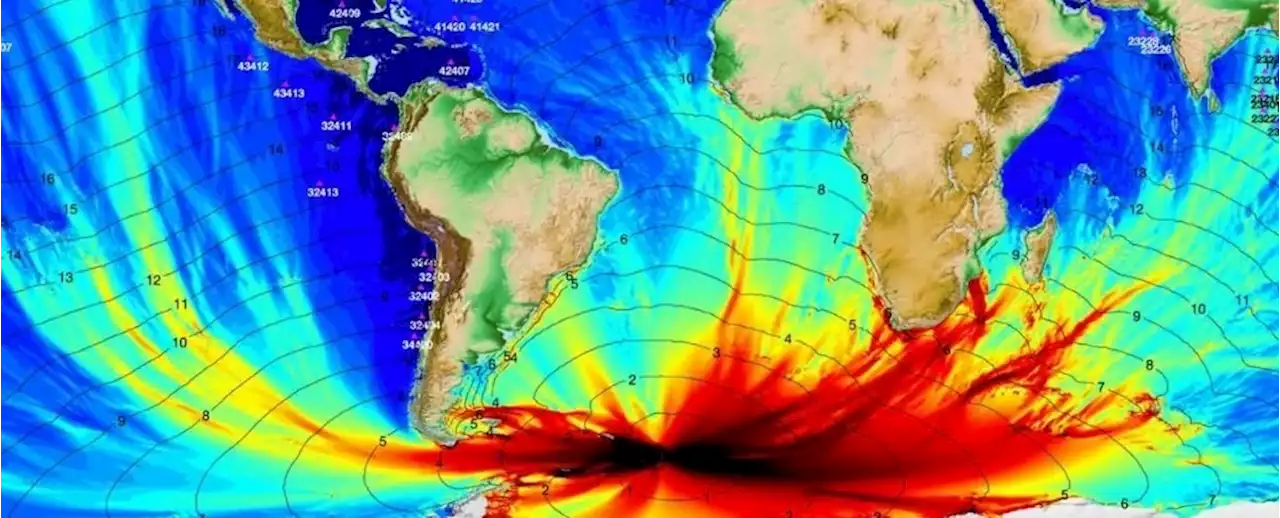Last year in August, a surprise tsunami in the South Atlantic Ocean mushroomed to distances over 10,000 kilometers (more than 6,000 miles) away, rippling through the North Atlantic, the Pacific, and the Indian Oceans.
, and scientists have only just now figured out how the waves were triggered.
As it turns out, however, this tsunami wasn't just the product of a single 7.5-magnitude earthquake. A fresh look at the seismological data suggests it was actually a series of five sub-quakes, and in their midst, was hiding a much larger and shallower rumble that was probably what set loose the global tsunami.
Between clusters of other regular ruptures, they found a 3-minute rumble that ruptured a 200-kilometer section of the plate interface. Altogether, this one event made up over 70 percent of the total seismic moment recorded.,"the South Sandwich Island earthquake appears to be a hybrid of deep rupture and slow tsunamigenic slip; this explains the somewhat unusual combination of the relatively large depth and the globally observed tsunami.
